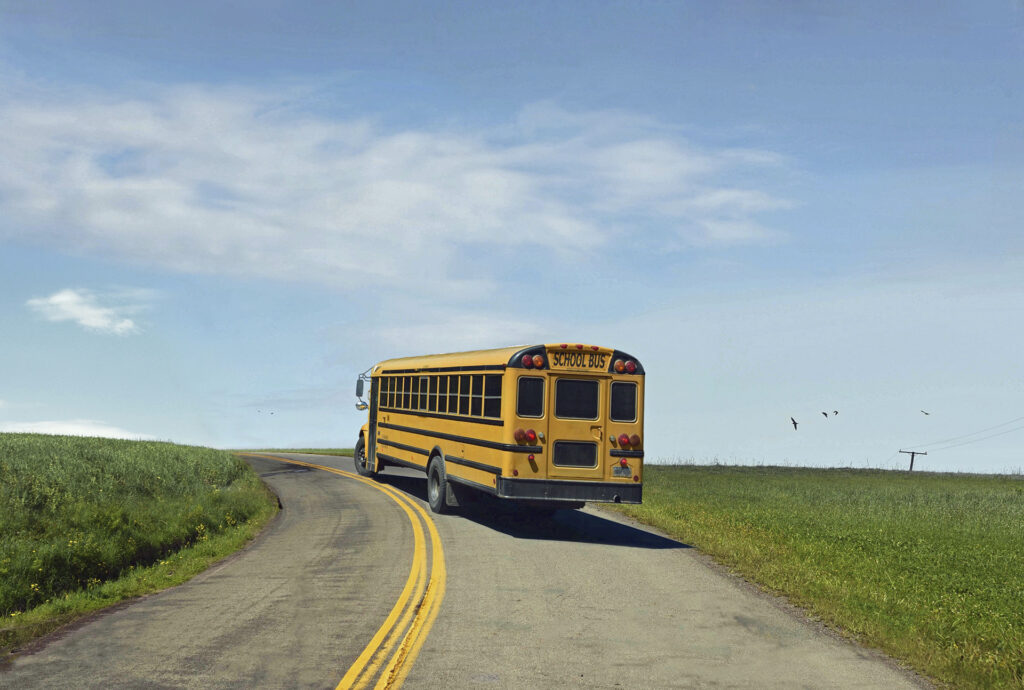
FOCUS ON
CATHERINE DELATTRE
From the very beginning, Catherine DeLattre’s photographic work has surprised and captivated me. Her photos taken in Pennsylvania display an extraordinary coherence in composition and colors, making this series incredibly cohesive and solid. But there is much more, and in this brief interview, she herself tells us more about her fascinating life.
Q Catherine, I find your story very interesting and useful to understand your photography: archeology, New York and your relationship with Magnum, can you tell us something about all this?
A While a graduate student in Archaeology at Kent State University in the early 70s, I took a photo course as a research tool for my work. That was the beginning of my life in photography. I decided not to continue graduate work in Archaeology but instead earned an M. A. from Purdue University in Art Photography. Whether I was pursuing archaeology or photography, I felt that the process of looking and finding was similar and satisfying. I loved archaeology but I was passionate about photography and I still am. After Purdue, I taught Photography and darkroom courses at The Main Photo workshop, then in upstate NY, at Dutchess Community College, State University of New York, New Paltz, and Vassar College. In 1979, I moved to NYC where I taught beginning photo at ICP and worked for a short time at Magnum. In the 80s, I mainly worked as a still photographer in the film business, working on sets like Sergio Leone’s Once Upon a Time in America with Robert Deniro and Five Corners with Jodi Foster. While living in Upstate NY and in NYC, I was always taking my own art photos, making contact sheets and work prints. I am just now printing much of that early work.
Q Are you looking for your photos or do you let them find you? How is your workflow?
A I always have my camera with me, in case I see something. I’m always looking, work very intuitively and just know when it’s right for me to take a photo.
In 1988, my husband and I bought an old run down farm in north east, Pennsylvania as a weekend escape from NYC.After much renovation, I opened an Antiques shop in the barn, which I operated for 25 years and just closed this year. During that time of looking, searching and finding interesting items to sell in my shop, my camera was never far from me.
The Pa landscape that I saw in the late 80s really hasn’t changed that much, with it’s wide open space and farmland outside of the small towns. Farms, farm animals, farmhouses, farm equipment dot the landscape. Visually, I am attracted to isolated items in the open landscape and the empty space around things.
Q I know that you have been working with digital photographic equipment for a long time. How has the transition been?
A My early work was film and darkroom, of course. I had a darkroom in my NYC Tribeca loft in the 80s where I printed both color and black and white portfolios for hire.
I sometimes feel sentimental about working that way but now I prefer the ease of shooting with digital equipment. I love the look of scanned negatives and digital images printed digitally on cotton rag paper.
Q If you had to tell me some photographers who have meant a lot to you, what would you tell me?
A As a photography student, I was spent a lot of time looking at photographers’ work. There was no internet then, of course, so I collected art photographers’ books. Whether black and white or color, I was curious about others working in the medium, like Robert Frank, William Eggleston, Steven Shore, Lee Friedlander, Diane Arbus and Helen Levitt.
Once I moved to NYC, I was especially interested in the street photography of Janet Delaney, Gary Winogrand, Joel Meyerowitz and Walker Evans.
While working at Magnum as a stock photo editor, I was inspired by the work of many great documentary photographers: Susan Misailes, Inga Morath, Mary Ellan Mark, Danny Lyon, Gilles Peress, and others.
If you like this content please support the author + Woofermagazine and share it :
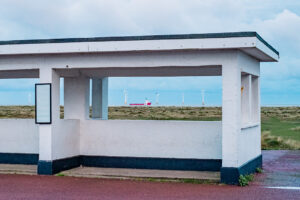
THE WEIRD AND WONDERFUL NORFOLK COAST
Thomas Grant introduces us to his home county, Norfolk, which has a huge, beautiful and diverse coastline.
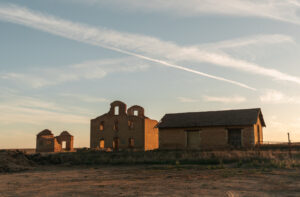
MNEMOSINE: TRACES OF FORGOTTEN CASTILE
Juanmi Valles portrays with his photos a place suspended between what has been and what is no longer.
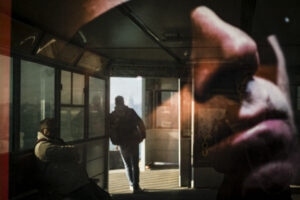
HOM(M)E CINÉMA
Valérie Six Louis’ photos make our minds travel as if they were movie scenes.

IN MOMENTS OF STILLNESS
The photographer Renzo Cicillini explores the quiet presence of places when nothing seems to happen and everything can be felt.

NOTE TO SELF
Bangkok-based photographer Ramy Narula becomes aware of himself through his self-portraits.
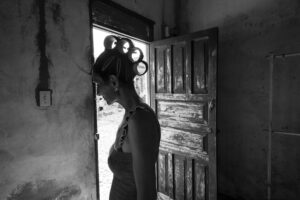
CUBA 2012
The 2012 work on Cuba by Gabi Ben Avraham has always struck me as brilliant and deserves to be remembered.


